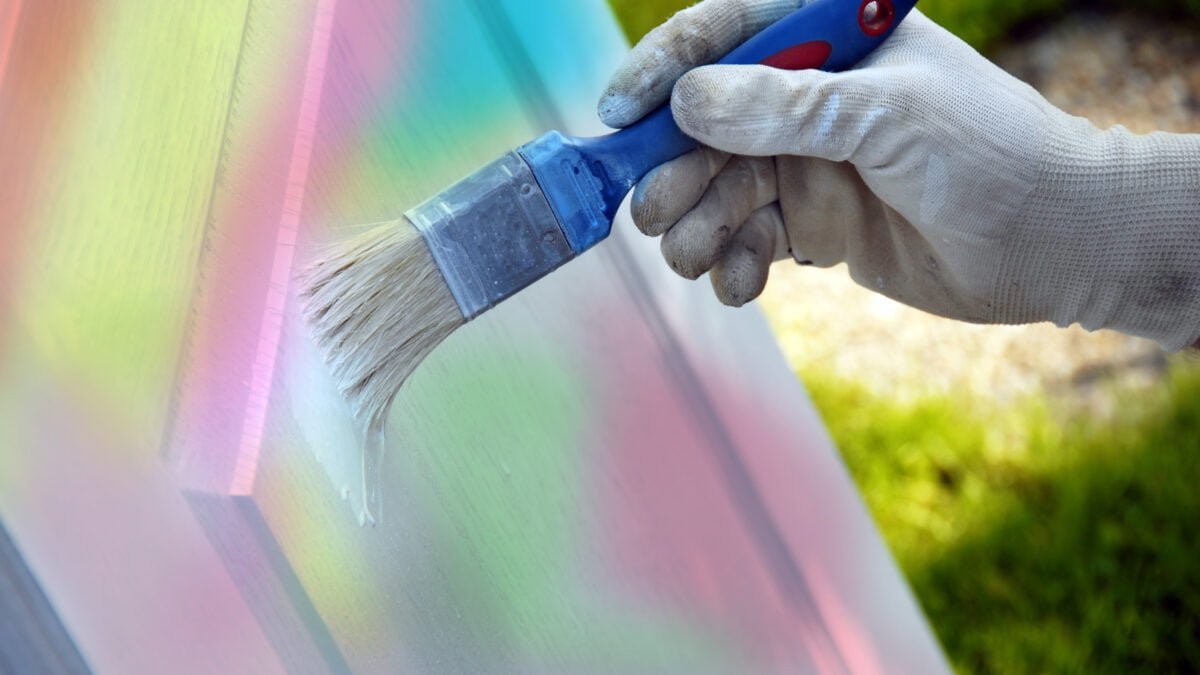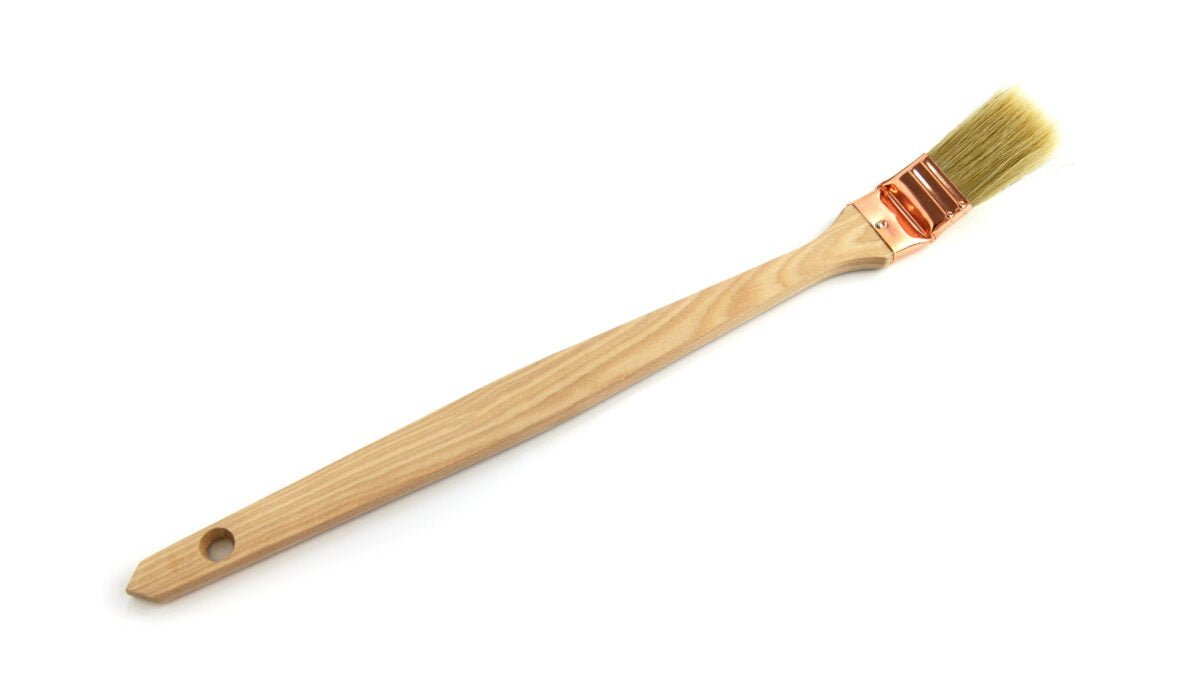Choosing the right paint roller is an essential part of any wall painting project. The right roller will give you the best coverage, while the wrong one can lead to uneven coverage, streaky walls, and other painting issues. The type of roller you need depends on the surface, the paint, and the look you’re trying to achieve. There are a number of factors you should consider when selecting the best paint roller for a wall. This blog post will provide you with an overview of the different types of paint rollers, their benefits and drawbacks, and helpful tips on choosing the best roller for your wall painting project. Whether you’re looking to paint smooth wall surfaces, textured walls, ceilings, or even furniture, you’ll be able to find the right paint roller for the job.
1. Consider the type of paint and wall
When choosing the best paint roller for walls, the type of paint and wall you are painting must be considered. Latex paint is popular for walls, but oil-based paints may need a more specialized roller. If you are painting a textured wall, you should go with a thicker roller nap that will hold more paint and allow you to cover the texture better. On the other hand, smooth walls can usually be painted with a thinner roller nap. Be sure to paint a test patch with your chosen roller and paint to get an idea of the coverage before you start the entire job.
2. Different types of paint rollers
When choosing the best paint rollers for walls, two main types of rollers come to mind: nap rollers and foam rollers. Nap rollers are the traditional style of roller that have a thick, woven nap fabric covering. These are great for painting large, flat surfaces like walls. They have the advantage of being able to hold more paint than foam rollers, which makes them ideal for covering large areas quickly. Foam rollers are the modern alternative to nap rollers and are great for painting detailed areas or for use in tight corners. They have the advantage of being able to produce a very smooth finish but are not as good at holding paint as nap rollers.
3. Choose the right sleeve for the job
Once you’ve decided on the type of paint roller you want to use on your walls, the next step is to choose the right sleeve for the job. The sleeve is the part of the roller that comes into contact with the wall, so it needs to be strong enough to hold up to the pressure of the paint and have the right nap size to evenly distribute the paint. Different types of walls require different sleeve materials and nap sizes, so be sure to choose one that’s compatible with your wall type. If you’re unsure which one to use, consult a professional painter or the manufacturer’s instructions.
4. Check for good quality
Once you have narrowed down your list of possible paint rollers for your walls, you’ll want to check the quality of each one. Check the manufacturer’s website and read the customer reviews. You want to make sure the roller is made from high-quality materials that won’t wear out quickly and won’t leave streaks or blotches on your wall. It’s also important to make sure the handle is comfortable to hold and the roller is easy to maneuver. Quality should also include how much paint the roller can hold, how quickly the paint is applied, and how evenly it applies the paint to the wall. A good quality roller is worth the investment.
5. Consider the handle shape and size
When selecting paint rollers for walls, the handle is just as important as the roller itself. The handle should be comfortable to hold for long periods of time and not cause strain on your wrist or forearm. The size of the handle should be proportional to the size of the roller itself, and should have a shape that fits comfortably in your hand. Look for handles that have a nonslip grip or textured surface to ensure a secure hold.
Conclusion
In conclusion, choosing the right paint roller for a wall painting project is an important decision. Each type of roller has its own advantages and disadvantages and the right choice will depend on the size and type of wall being painted. Synthetic rollers are a great choice for smooth surfaces, while natural rollers are great for textured walls. Taking the time to choose the right roller can make a huge difference in the quality of a finished project.






